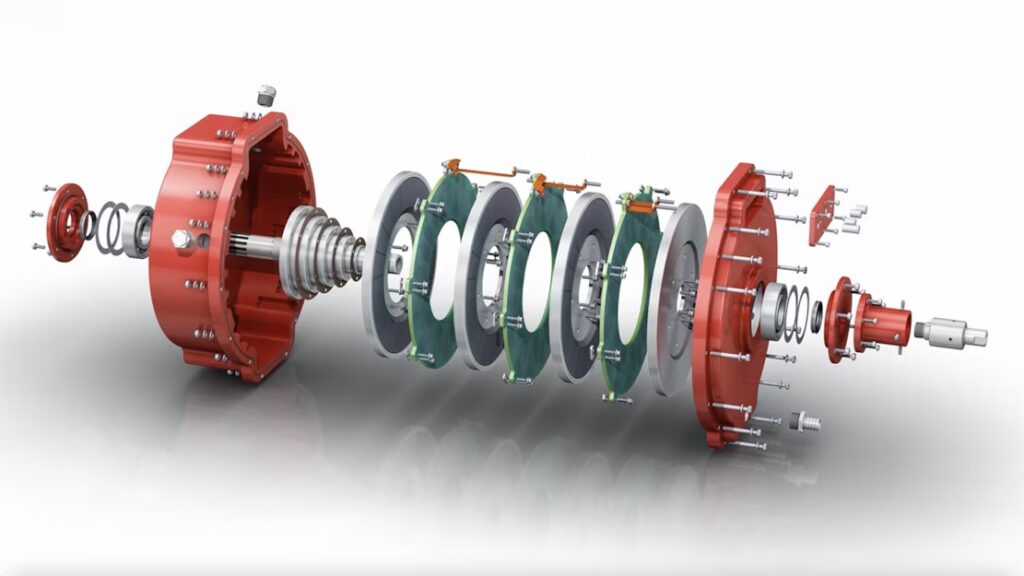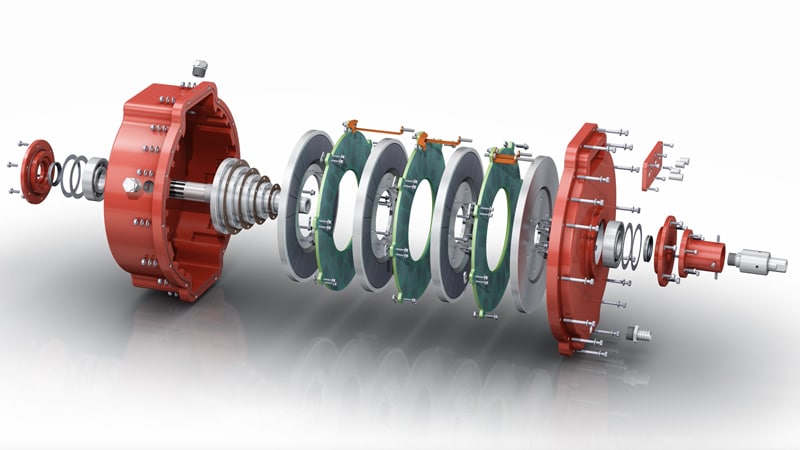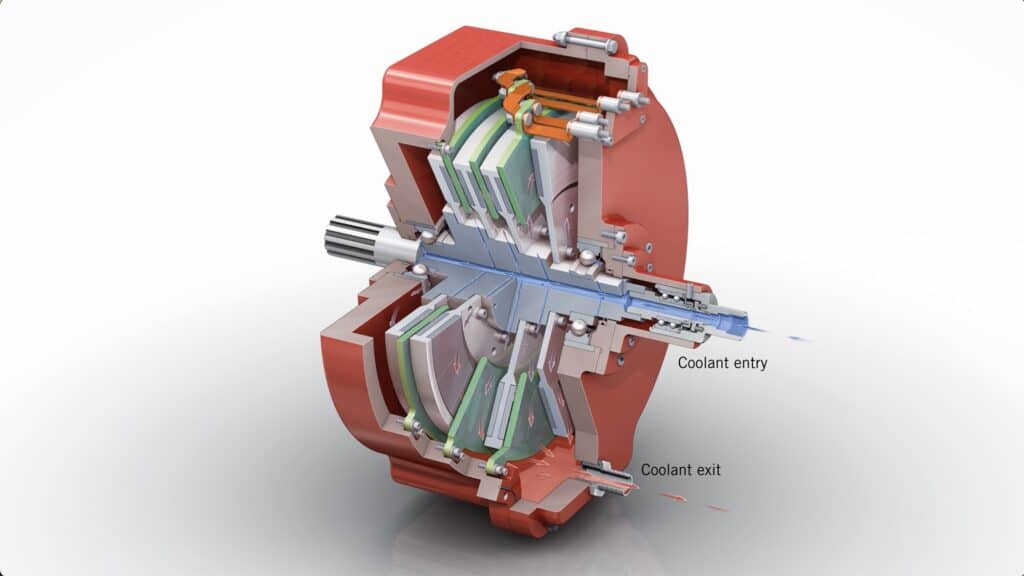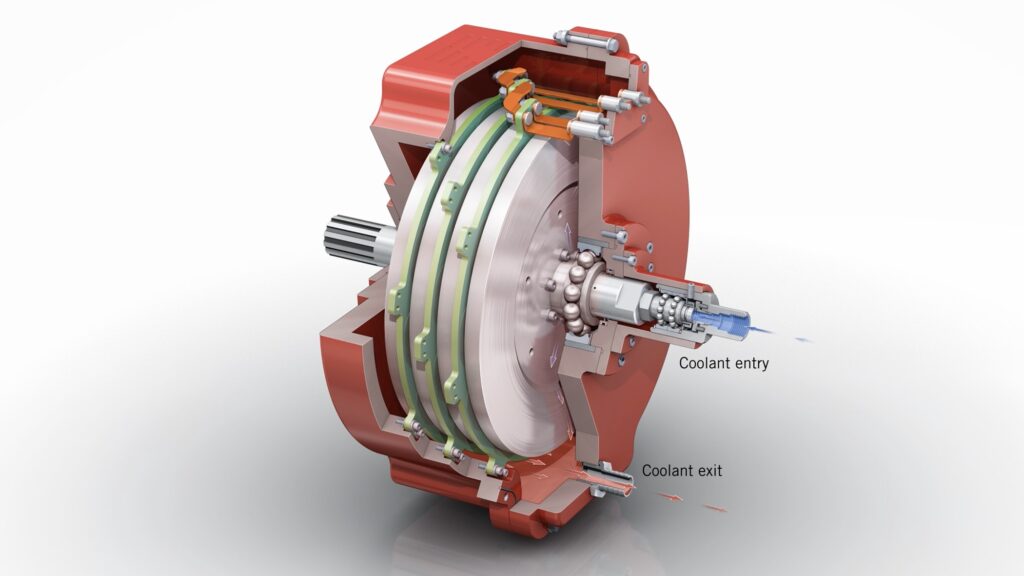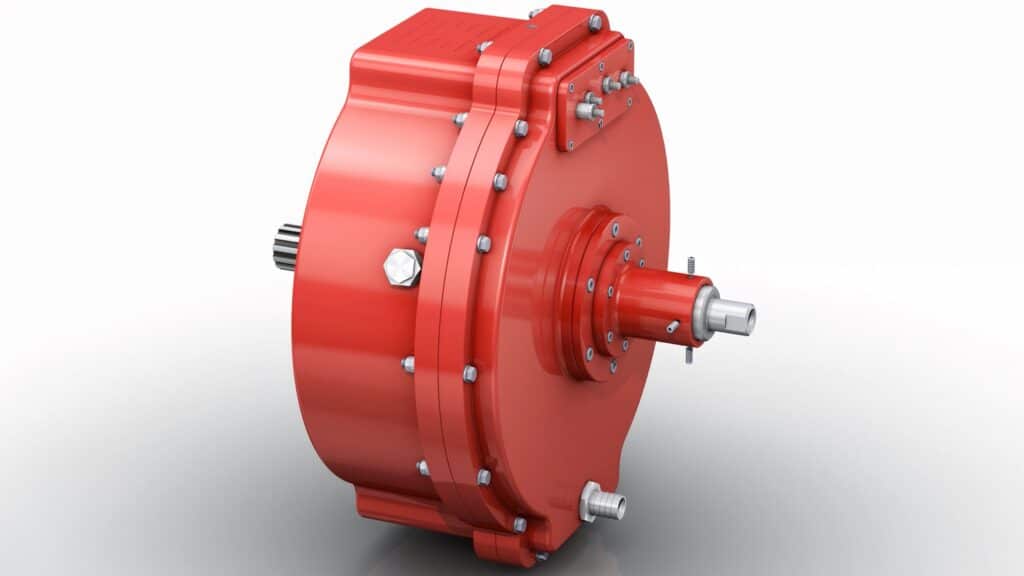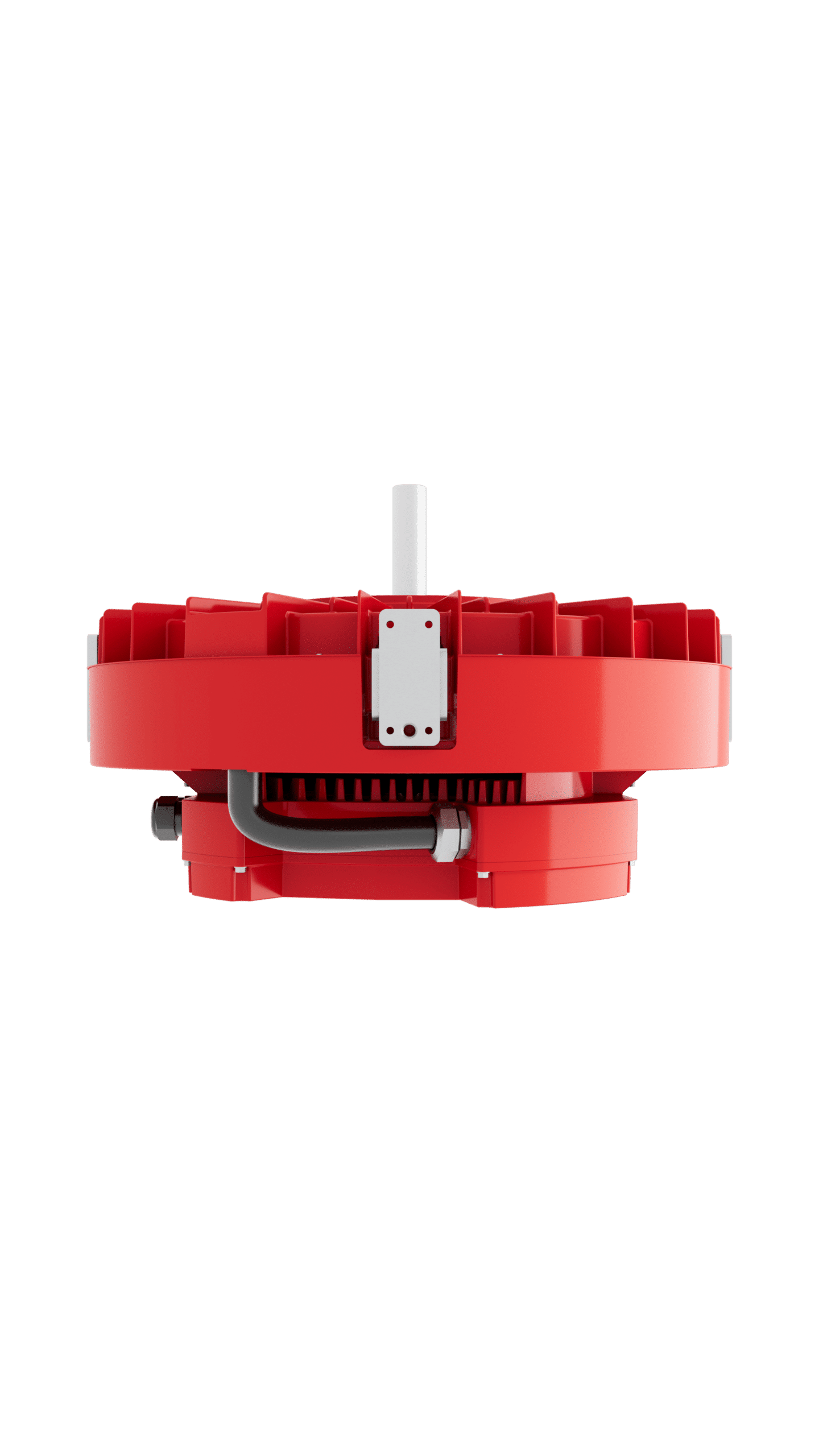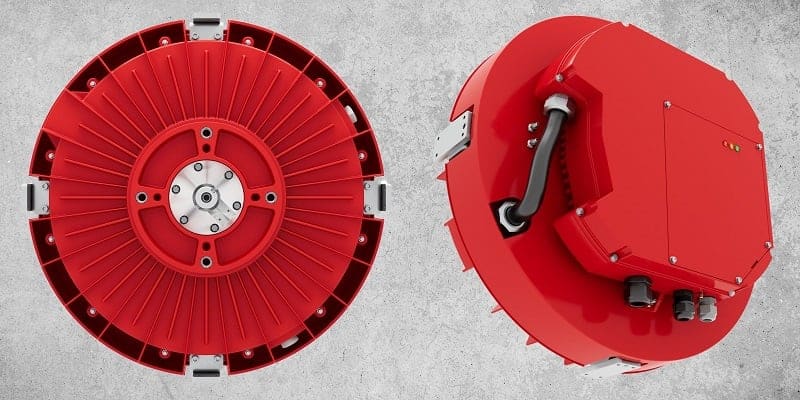Infinitum Named 2024 Silver Edison Award Winner
AUSTIN, Texas–(BUSINESS WIRE)–Infinitum, creator of the sustainable air-core motor, today announced it received a prestigious 2024 Silver Edison Award. This is the second consecutive year that Infinitum has been honored for its groundbreaking innovation in the Sustainable Energy category. This year’s award honors Infinitum’s latest generation Aircore EC motor system, a high-efficiency motor system designed to sustainably power carbon-intensive commercial and industrial applications, such as HVAC fans, pumps and data centers with less energy consumption, reduced emissions and reduced waste.
Motors currently consume more than half the planet’s electricity and demand for motors is increasing rapidly as the world electrifies, yet most traditional motors are heavy, waste energy, and are thrown into landfills at end-of-life.
Infinitum’s next-generation Aircore EC motor system pushes the boundaries of sustainability further with higher levels of efficiency, power, and torque density in a smaller package that is 20% lighter than the previous version. The motor can also be tailored to fit specific application power, torque, and input current requirements, allowing customers to save on upfront electrical infrastructure costs while saving energy.
Most motors are tossed into landfills after 10-20 years. Infinitum motors use fewer raw materials in manufacturing and modular design allows for motors to be easily serviced, repaired, remanufactured or recycled to keep motors in service and out of landfills.
“Our talented team continues to deliver more sustainable motors for emissions-intensive industries to have a real impact on the environment today and help solve the Net Zero challenge,” said Bhavnesh Patel, chief strategy officer, Infinitum. “We’re incredibly honored to be recognized by the prestigious Edison Awards organization for the second consecutive year for our potential to create a significant impact on the world.”
“The judges were thrilled to honor Infinitum’s latest generation Aircore EC as a groundbreaking category-changer this year, showcasing the power of innovation to improve our lives for the better,” said Frank Bonafilia, executive director of the Edison Awards.
The Edison Awards selects innovators based on their ability to solve important problems, offer game-changing advantages over alternatives and impact the environment and society as a whole. The 2024 winners were evaluated based on four essential criteria: Concept, Value, Delivery, and Impact.
All nominations are reviewed by the Edison Awards’ Steering Committee and an executive judging body. The panel is comprised of more than 2,000 senior business executives and academics from the fields of product development, design, engineering, science, marketing and education, as well as past winners.
About Infinitum
Infinitum has raised the bar for a new generation of motor that is better for the planet and people. The company’s patented air-core motors offer superior performance in half the weight and size, at a fraction of the carbon footprint of traditional motors, making them pound for pound the most efficient in the world. Infinitum motors open up sustainable design possibilities for the machines we rely on to be smaller, lighter and quieter, improving our quality of life while also saving energy and reducing waste. Based in Austin, Texas, Infinitum is led by a team of industry experts and pioneers. To learn more, visit goinfinitum.com.
About the Edison Awards™
Established in 1987, the Edison Awards are dedicated to recognizing, honoring and fostering innovations and innovators. Named after Thomas Alva Edison (1847-1931), the annual competition honors excellence in new product and service development, marketing, design and innovation. For more information, visit www.edisonawards.com.
Contact
Erin Gilmore
Activate PR on behalf of Infinitum
egilmore@activateprmktg.com
512-466-4559
